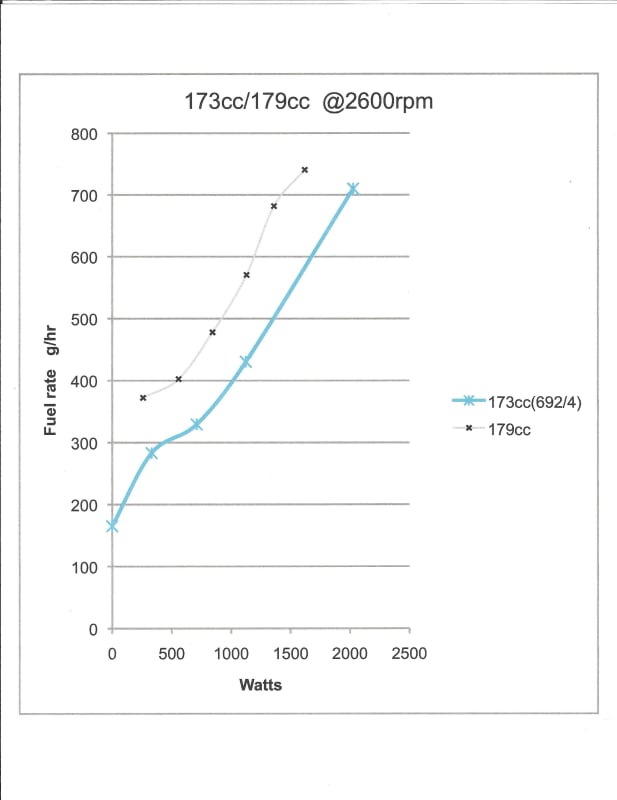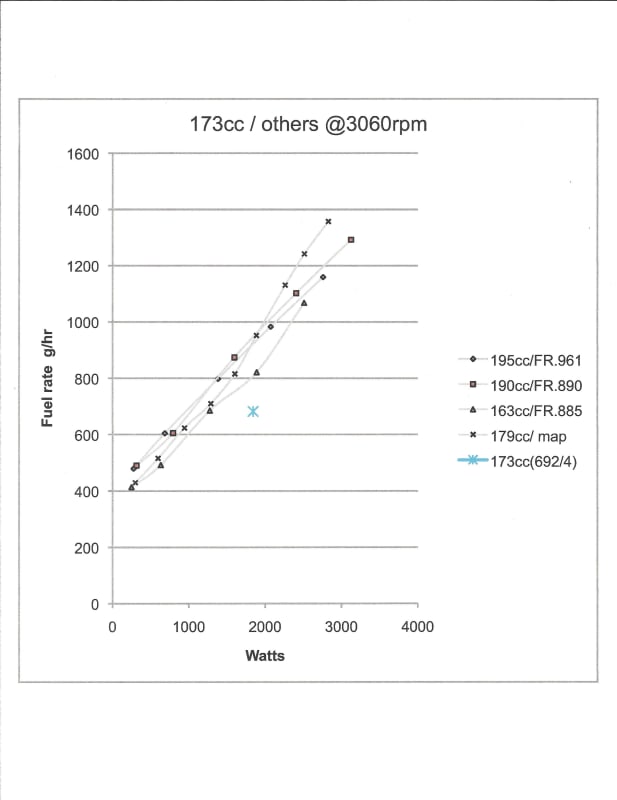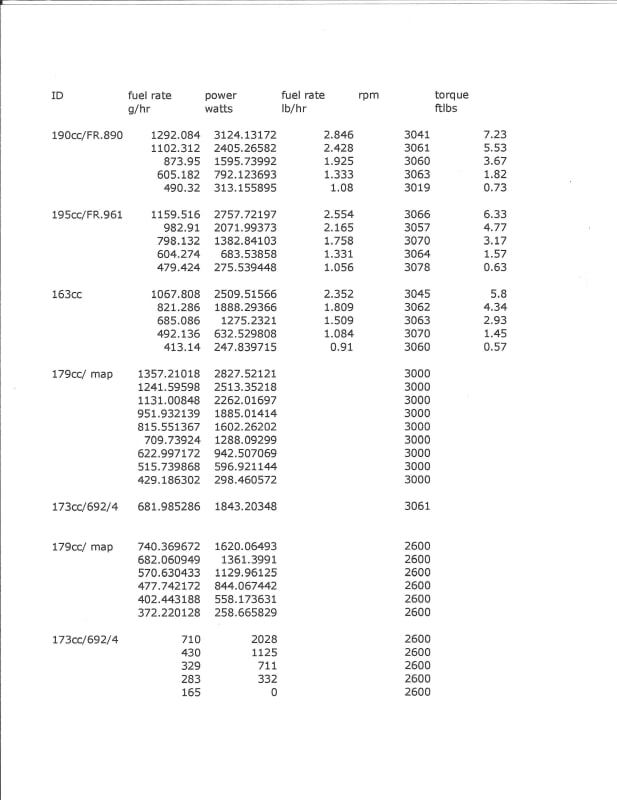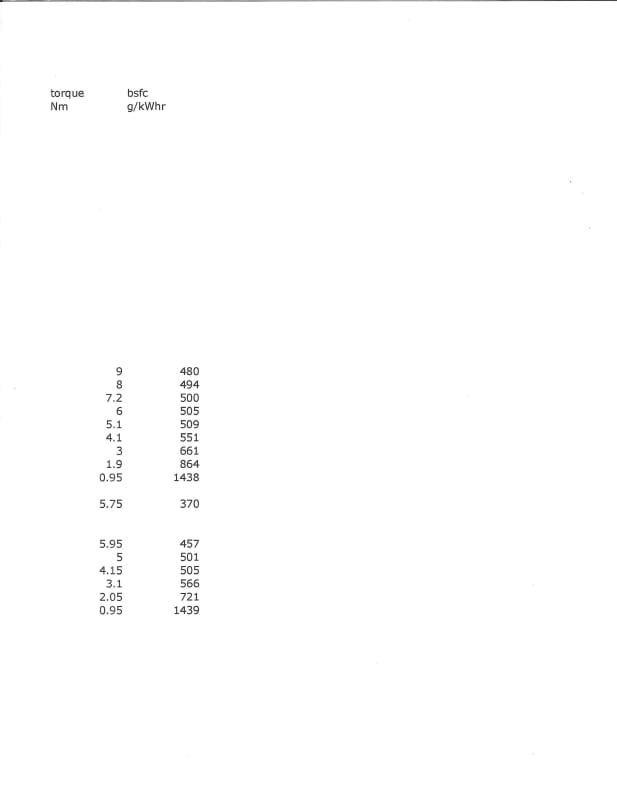boonebucker
Mechanical
Below are a couple of links to BSFC numbers for engines with similar technology criteria and displacement per cylinder. Does anyone have any numbers that would indicate for this type and size engine that these numbers are incorrect? The first link shows a sweet spot of about 440g/kW hr.for 179cc engine. The Brickley Engine is 173cc per cylinder and I am obtaining 350g/kW hr. The other link indicates numbers much higher than 440 g/kW hr and they will have to be converted from lb/Hp hr. I used the 3/4 throttle numbers. Your thoughts?




